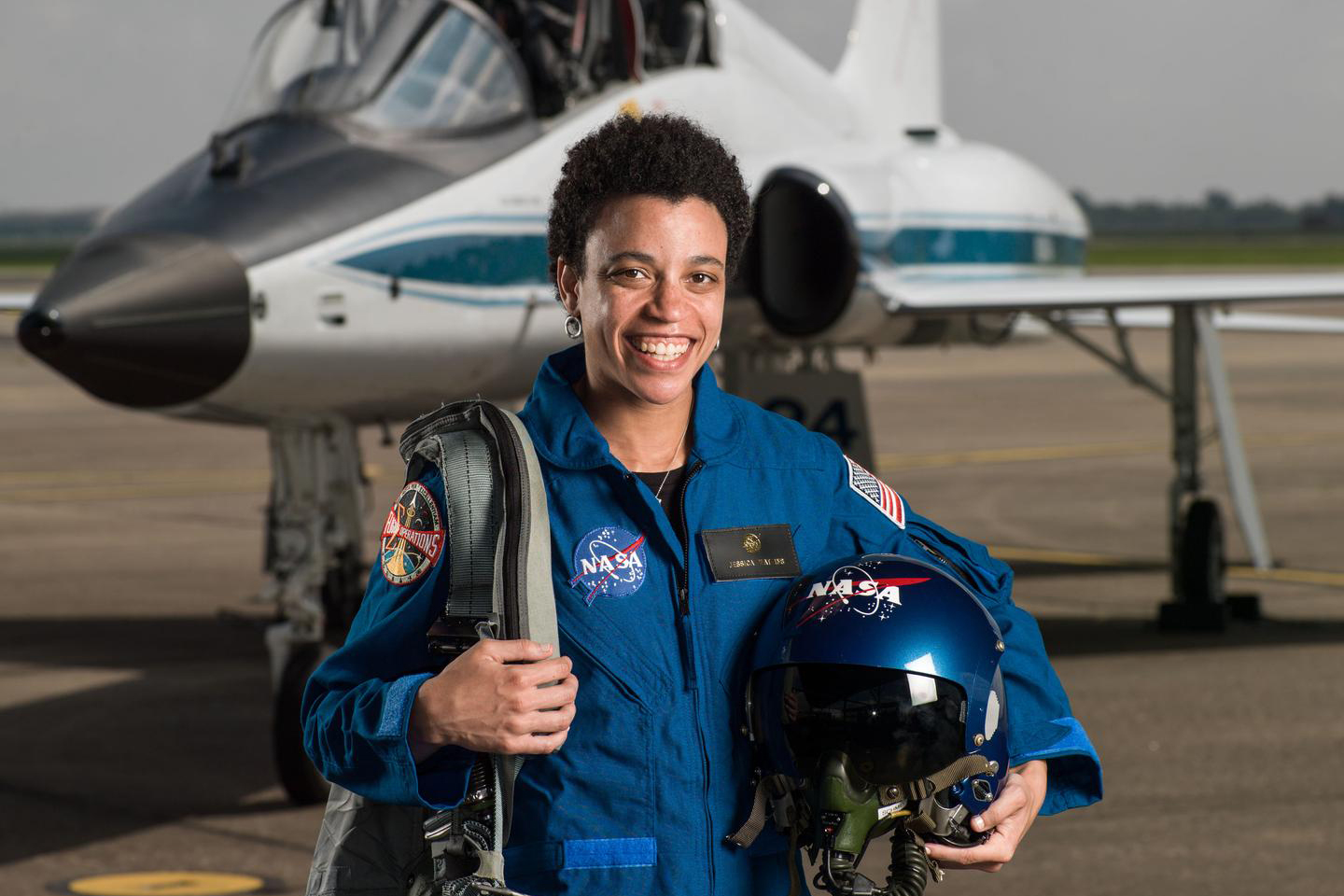By Rina Torchinsky
After a successful launch Wednesday morning, Jessica Watkins and her crewmembers onboard the SpaceX Crew Dragon capsule are well on their way to a months-long space trip.
The mission is notable for more than just their lengthy stay aboard the International Space Station. Watkins, who is 33, is making history as the first Black woman to live and work on the ISS for an extended mission.
Watkins and her team on the Crew-4 mission are planning to spend five to six months on the outpost. She’s also one of the astronauts tapped for NASA’s next program called Artemis. This multi-billion dollar effort is designed to return humans to the surface of the moon later this decade.
Of the roughly 250 people who have boarded the ISS, fewer than 10 have been Black. Prior to the inception of the space station, Mae Jemison, an engineer and physician, became the first Black woman to travel to space in 1992. Other Black women have followed, including NASA astronauts Stephanie Wilson and Joan Higginbotham.
“We are building on the foundation that was laid by the Black women astronauts who have come before me,” Watkins told NPR’s Morning Edition in January. “I’m definitely honored to be a small part of that legacy, but ultimately be an equal member of the crew.”
Watkins’ interest in space started at a young age
After an enrichment program at Sally Ride Elementary School, a young Watkins realized what she wanted to do when she grew up: study the geology of other planets.
NASA selected Watkins for its astronaut program in 2017. She holds a bachelor’s degree in geological and environmental sciences from Stanford University and a doctorate in geology from the University of California, Los Angeles.
Watkins will cover a lot of ground on her mission: earth and space science, biological science and human research into things like the effects of long-duration spaceflight for humans. That’s when the astronauts themselves become “the lab rats,” Watkins told NPR in January.
Over the course of her mission, Watkins will also observe and photograph geological changes on Earth.
Ahead of her journey, Watkins said she’s done training on the systems of the International Space Station and how to fix anything if it isn’t working properly. She’s also practiced walking in space by wearing a puffy white suit in an underwater ISS mockup that’s housed in a giant pool.
Watkins said the journey to space has wide-ranging implications on everything from medical research “with direct impacts into our daily lives,” to international collaboration.
“We are all coming together to accomplish this really hard thing that none of us would be able to do on our own,” Watkins said. “I think that is just such a beautiful picture of what we can all do if we come together and put all of our resources and skill sets together.”

